This article by TCS President, Ryan Alexander, first appeared in the Des Moines Register on January 24, 2019
The latest agriculture disaster spending bill provides further proof that despite all rhetoric, lawmakers are not concerned with helping farmers and ranchers protect themselves from risks they cannot manage on their own. Instead, it’s the latest instance of tapping the Treasury to socialize risks while privatizing profits. The result shovels more federal dollars to powerful interests who can – and should – do a better job of managing predictable risks in their chosen line of work.
At Taxpayers for Common Sense we support a federal safety net for American farming and ranching businesses, provided investments of tax dollars are wise and efficient. That means limiting subsidies to those who actually need them, and limiting help to only those risks too costly or complex to manage independently. It means creating nimble programs that adapt to current needs and complement, rather than replace private unsubsidized risk management tools. And it requires transparent programs that hold all parties responsible for producing measurable results.
The federally subsidized crop insurance program, while flawed, has the potential to fit this bill.
The U.S. Department of Agriculture and its partners in the private insurance industry have done a decent job of identifying and pricing risks. They’ve set premiums that reflect these risks, but on average farmers pay about 40 percent of those premiums, leaving the balance to taxpayers. Total crop insurance premiums come close to covering loss claims every year. Every new growing season businesses and bureaucrats learn from policies – about 130 different crops are currently covered – and performance improves.
Crop insurance is not perfect, but it is perfectible. Reforms are a rare area of bipartisan agreement – where the Obama and Trump Administrations, environmental advocates, and fiscal conservatives align. Farm businesses can afford to shoulder a bigger share of their premiums. Insurance agents who bear no risk, and insurance companies that bear very little risk, are overcompensated. Farmers who adopt practices proven to reduce their risk should be rewarded with a discount. The program has a solid foundation capable of helping agribusinesses manage risk, and taxpayers avoid the budgetary uncertainty that comes from relying on ad hoc disaster aid.
The disaster supplemental threatens to crack this foundation by incentivizing businesses to abandon crop insurance in pursuit of “free” taxpayer cash.
In the 2018 growing year, nearly every farm business eligible for the bill’s “emergency” assistance qualified to purchase federally subsidized crop insurance to cover their losses. Many, however, made a business decision not to, even after being devastated in 2017. Bailing out those who had options to protect themselves, but chose not to use them, creates a perverse incentive to not buy insurance in future years.
Moreover, it reinforces a fundamental misunderstanding among many agribusinesses: Insurance is not an investment that demands an immediate return, it is a hedge against risk. I’m happy paying premiums and not making car insurance claims – I don’t want to crash. In contrast, Florida citrus growers benefiting from the disaster supplemental typically “purchased” only limited free catastrophic level crop insurance policies because they didn’t “get their money back” from crop insurance in the many years they were not wiped out by a hurricane. Or cotton growers in Georgia: More than 90 percent of acreage was insured in 2018, but some producers chose to forego subsidized insurance that wasn’t “worth the investment.” Until it was. Again, enter Uncle Sam’s bailout.
In an act of legislative lunacy, the bill allows the Secretary of Agriculture to use the $3 billion in ad hoc aid to “pay for past or future crop insurance premiums.” In other words, billions of dollars in unbudgeted “emergency” spending will subsidize future costs of already subsidized insurance policies – or to refund premiums paid in the years farmers didn’t suffer a calamity. No insurance company in the world would be profitable if they functioned this way.
The concept of federally subsidized crop insurance is that in exchange for the certainty and predictability of taxpayer support, farming and ranching businesses bear a portion of the economic burden of their financial safety net. Resorting to unbudgeted emergency spending to bail out producers who refused to contribute their fair share, risks undermining decades of progress toward a cost-effective agriculture safety net taxpayers can afford, and agriculture needs.


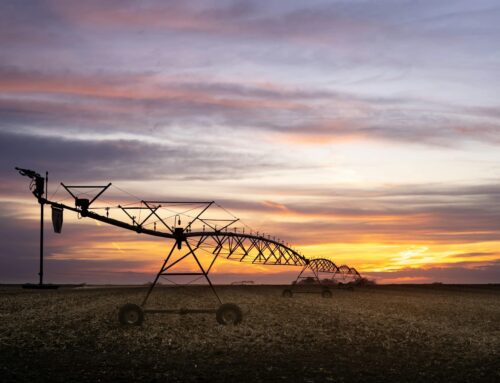

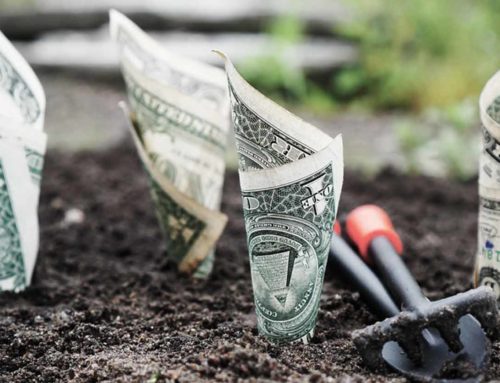
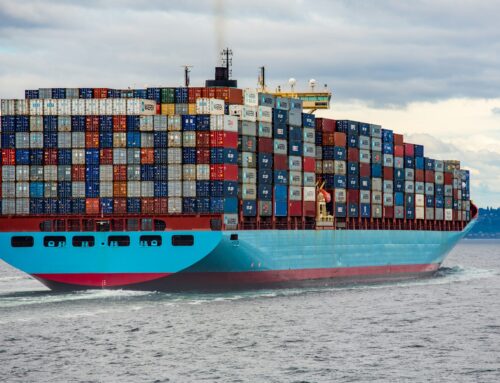






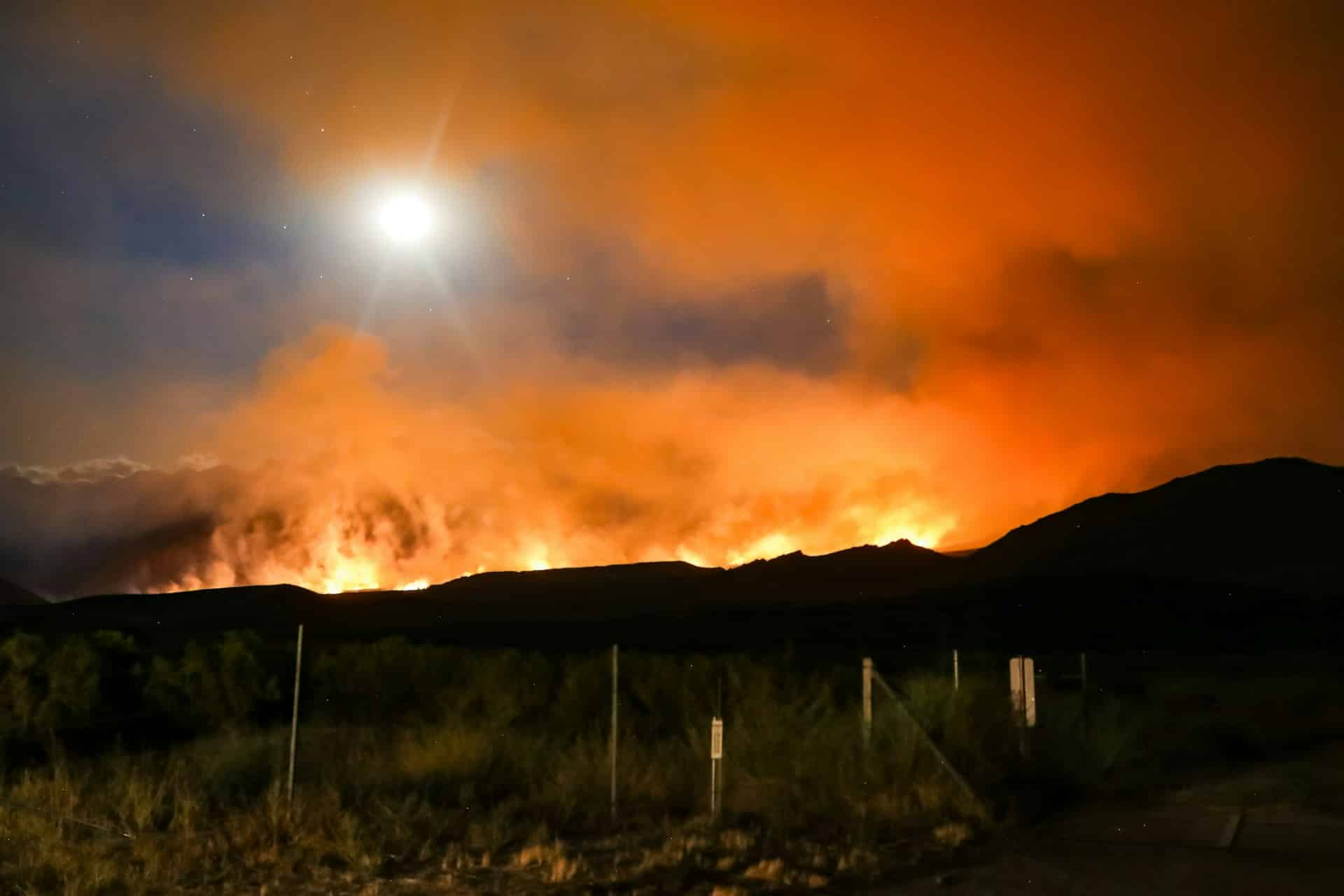
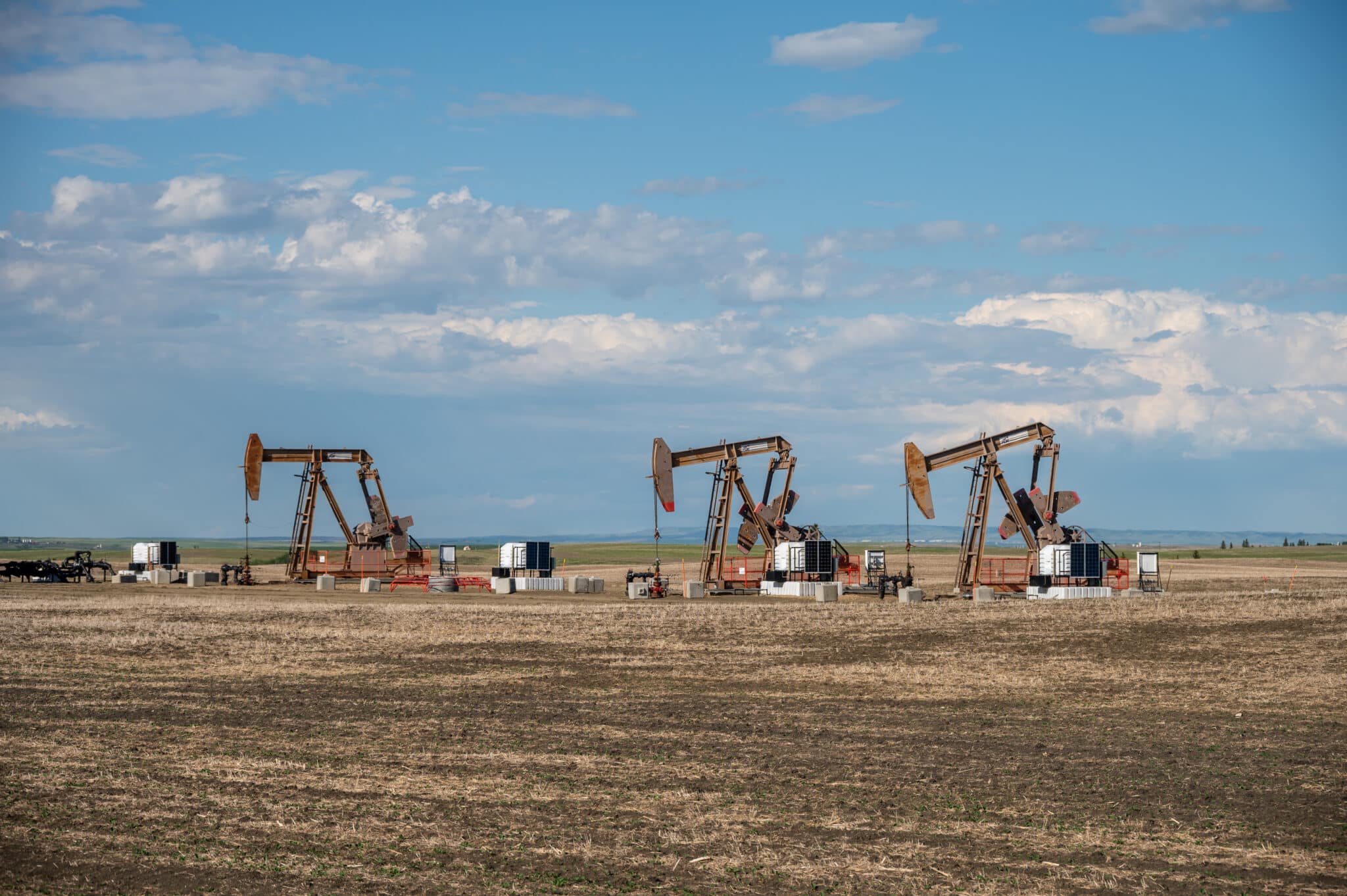
Get Social